Watch live: NASA, SpaceX ready for astronauts' historic launch from U.S.
by Paul Brinkmann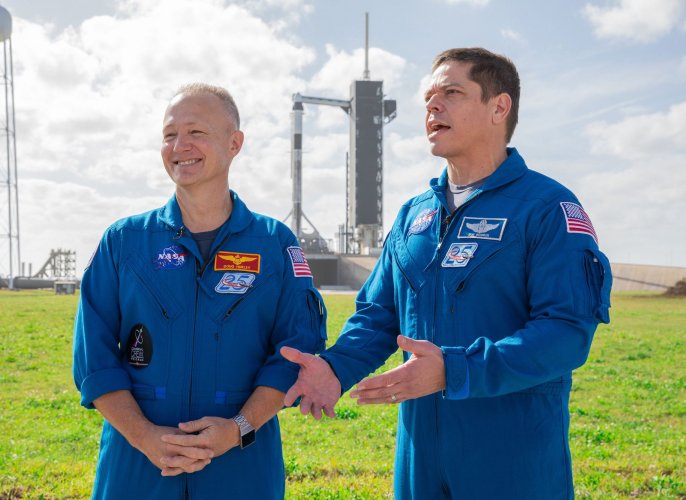


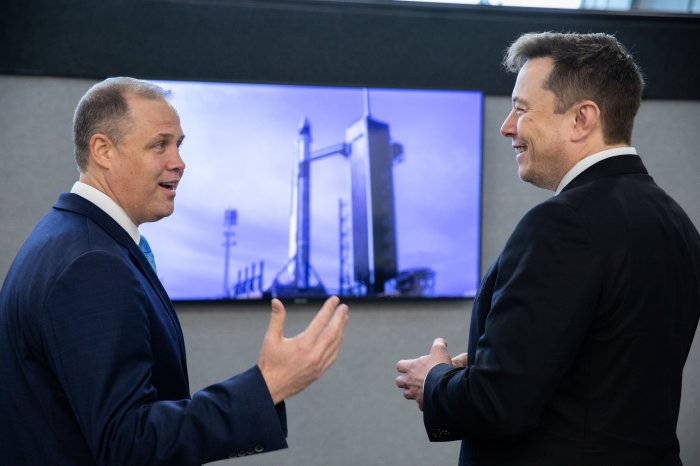
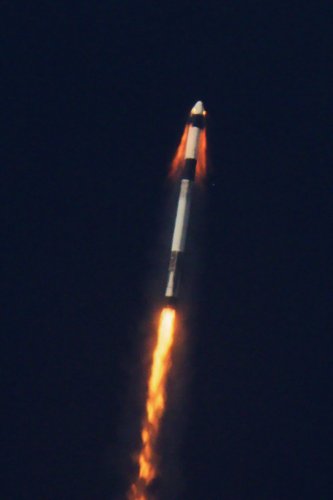
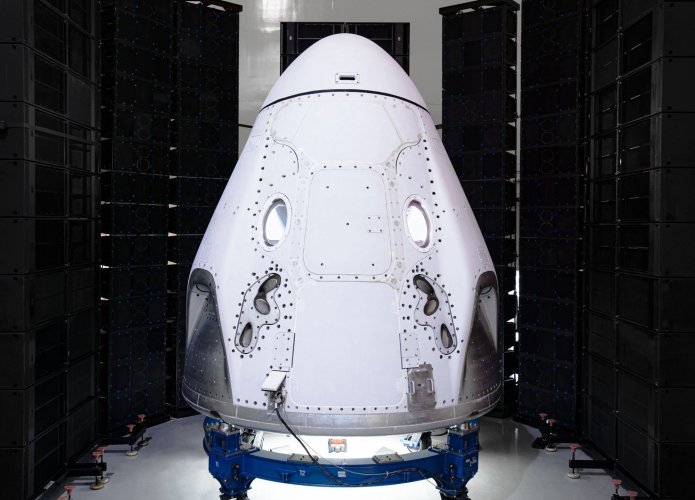
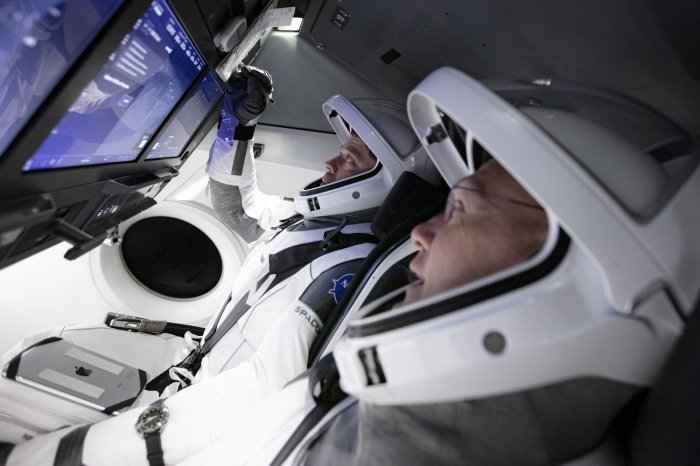
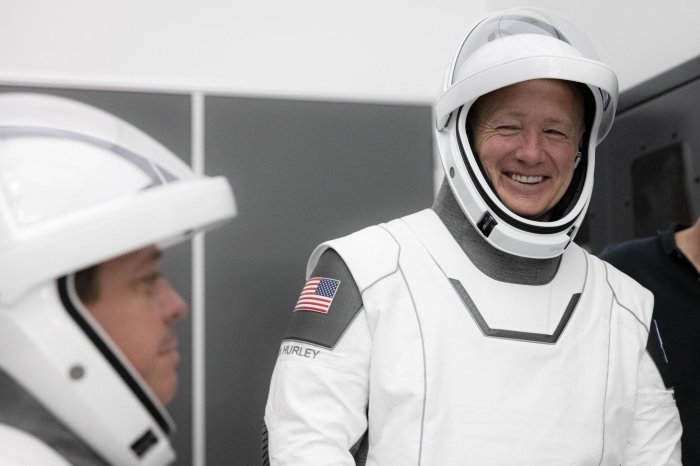


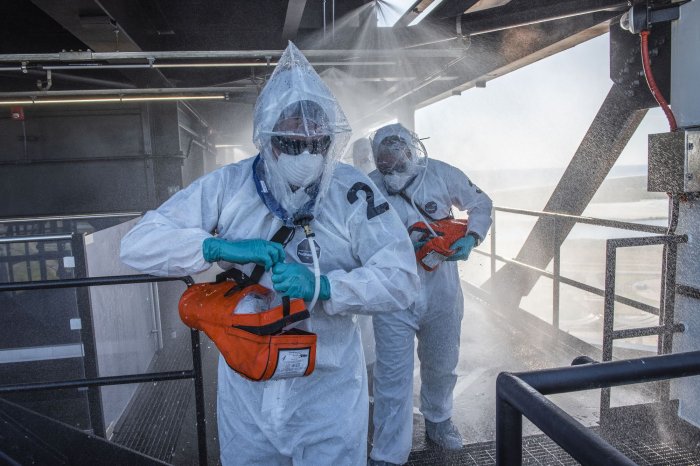
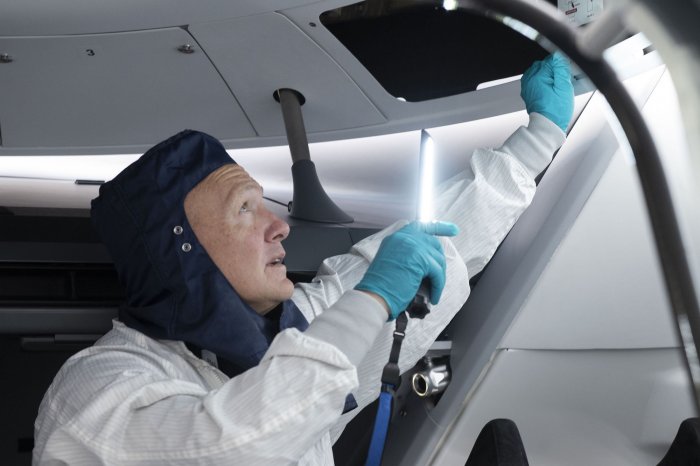
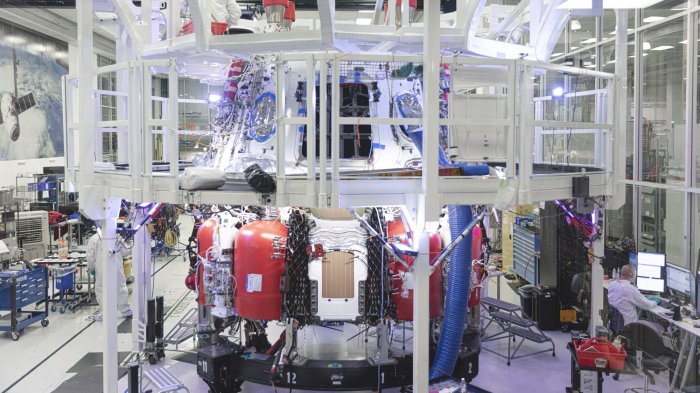
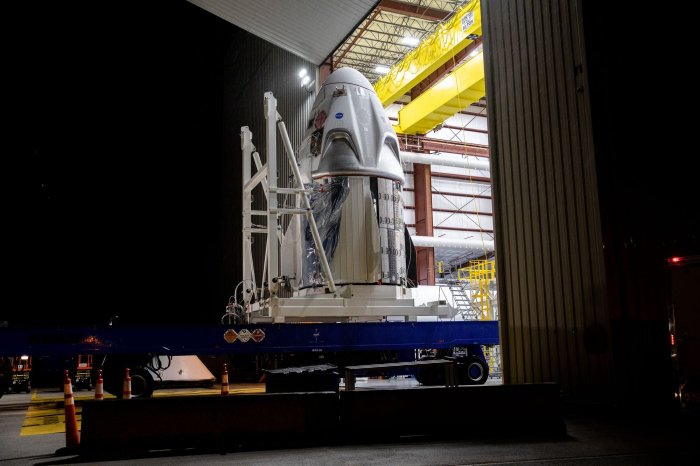
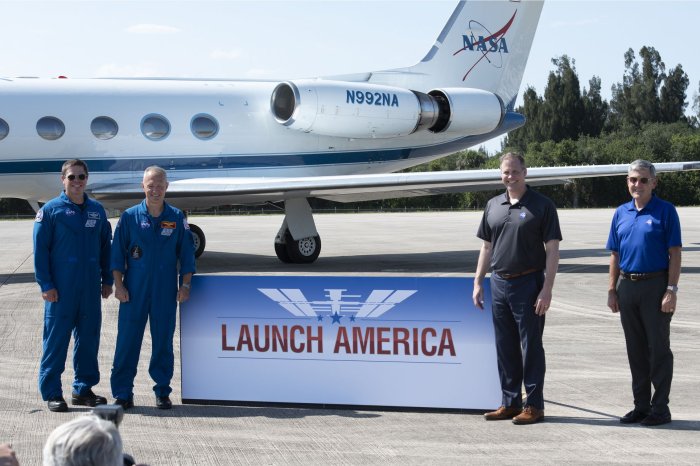
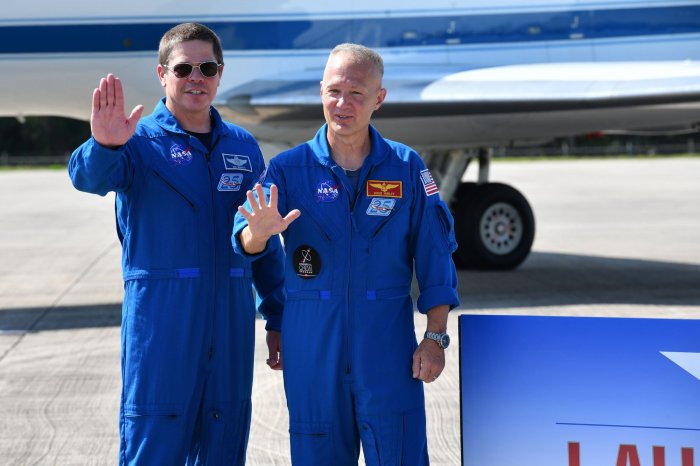
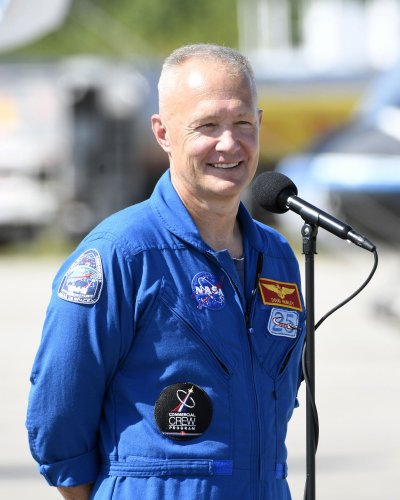
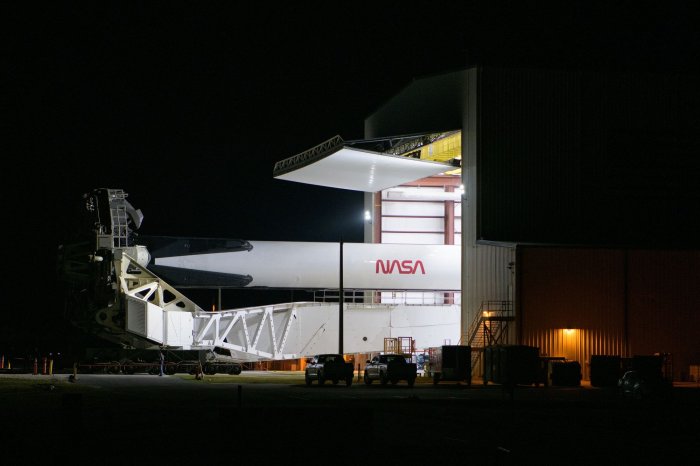
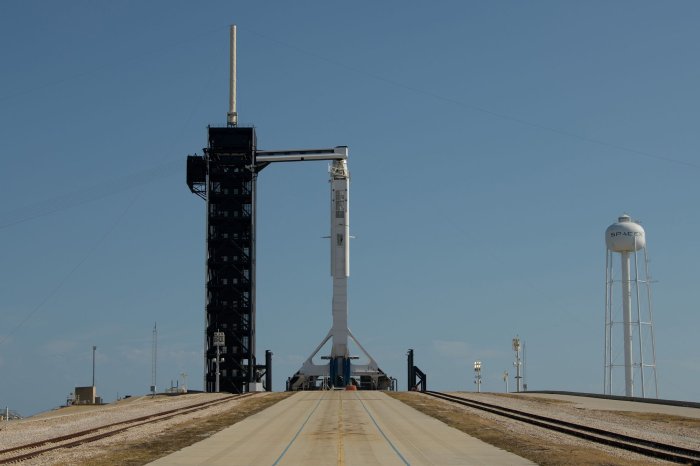
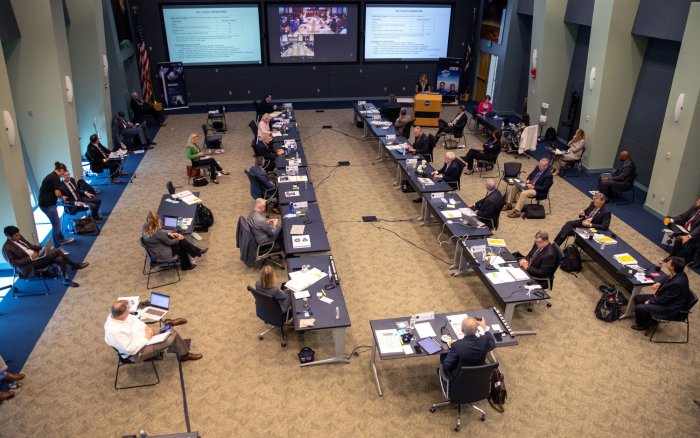
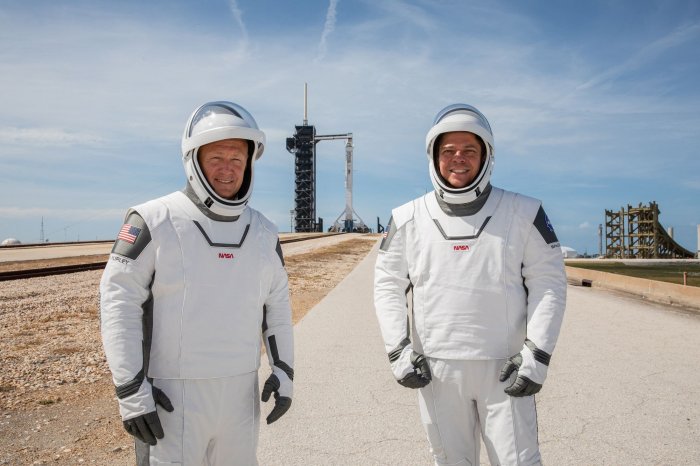
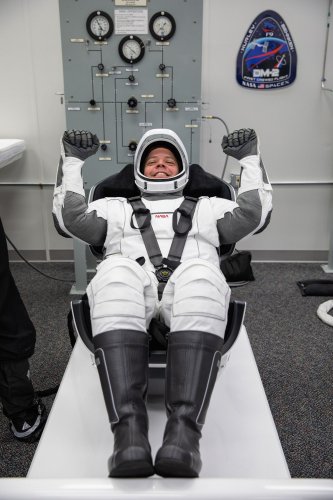
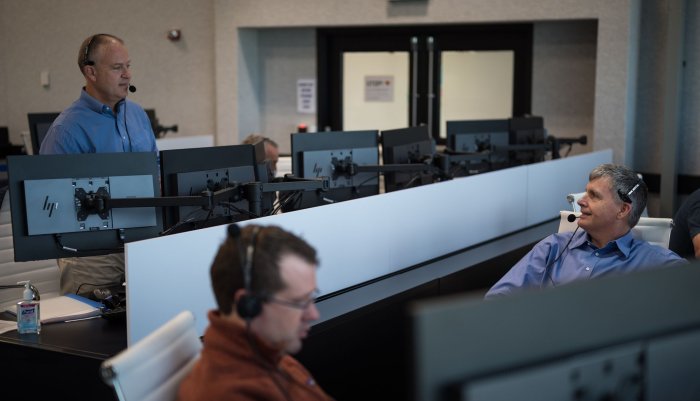

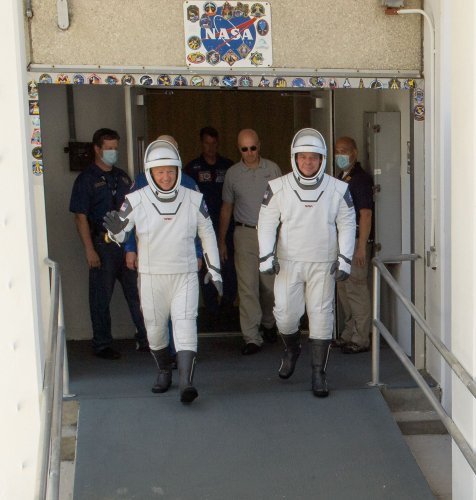

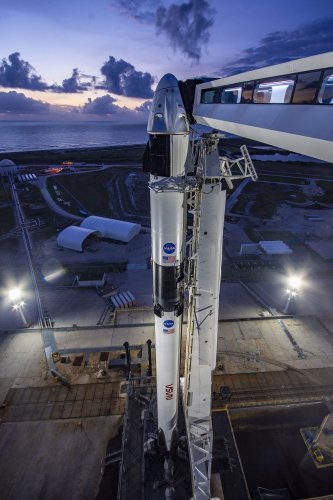
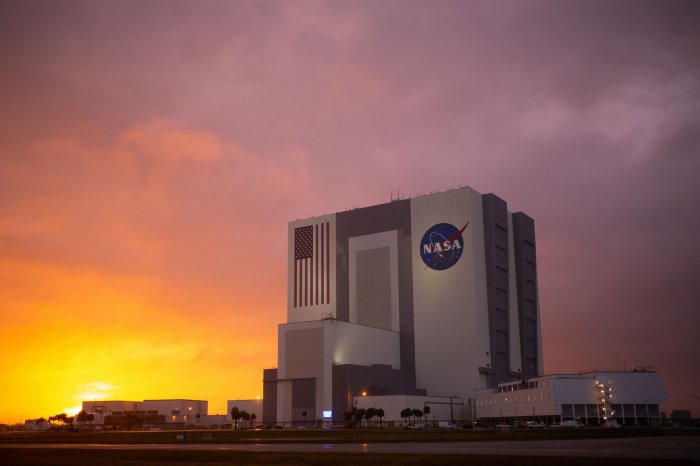
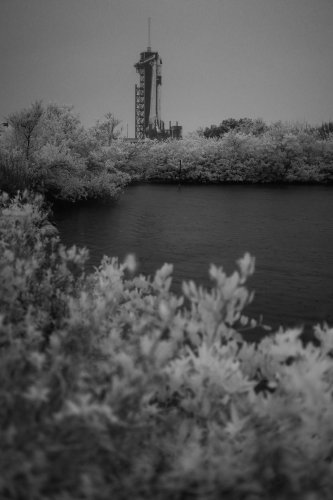
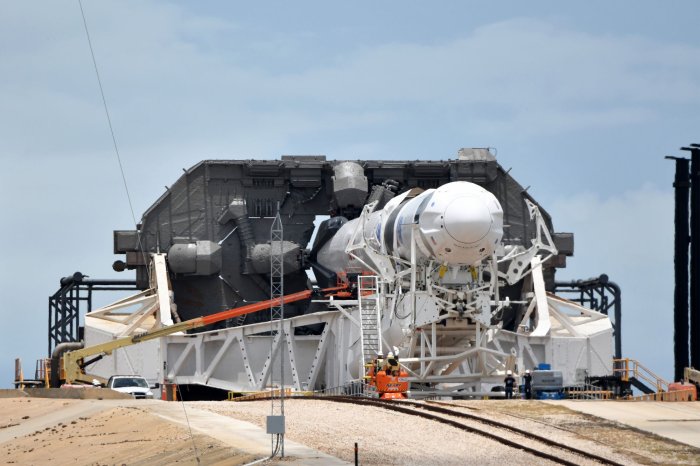
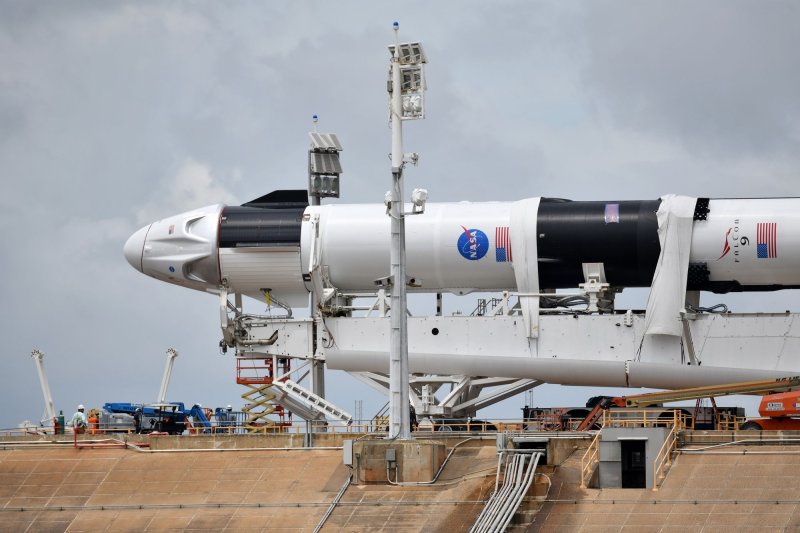



ORLANDO, Fla., May 27 (UPI) -- Two NASA astronauts are scheduled to lift off toward the International Space Station late Wednesday afternoon, marking the first time in nine years that a mission with a crew on board has been launched from American soil.
"This is a unique opportunity to bring all of America together at one moment in time and say, 'look at how bright our future is,'" NASA Administrator Jim Bridenstine said Tuesday at a space agency briefing.
The historic launch, planned for 4:33 p.m. EDT from Kennedy Space Center in Florida, will mark the first time astronauts have flown inside the Crew Dragon space capsule, built by Elon's Musk's SpaceX.
They will be propelled by a SpaceX Falcon 9 rocket, which has proven to be a reliable workhorse for carrying supplies to the space station 250 miles above Earth.
Weather for launches often is a concern at Kennedy Space Center and the adjacent Cape Canaveral Air Force Station. The U.S. Space Force forecast for Wednesday shows a 50 percent chance of unacceptable conditions, mainly rain and thick cumulus clouds.
President Donald Trump and Vice President Mike Pence are scheduled to attend the launch. Due to the COVID-19 pandemic, NASA has limited guests to 465 people, most of whom will view the liftoff outdoors.
NASA and SpaceX controllers will staff the firing room in Florida, and either group can postpone liftoff should mechanical problems, weather or other safety issues cause concern.
East over Atlantic
If the launch does occur, the capsule's flight path will take it east over the Atlantic Ocean toward the United Kingdom, where viewers might see it for 15 minutes, according to the website MeteorWatch.org.
A little over nine minutes after launch, TV and online viewers should be able to watch SpaceX's reusable first-stage booster travel back to Earth for a planned landing on a company barge in the Atlantic Ocean.
At the 12-minute mark, the Crew Dragon capsule will separate from the second-stage booster, and the capsule's nose cone will open to prepare for docking at the space station.
After the capsule reaches the same altitude as the space station and catches up to it, Crew Dragon will inch closer very slowly and dock via a fully autonomous system. The astronauts can override the system, if necessary.
The spacecraft is due to arrive at the space station Thursday, with docking planned for 11:29 a.m. EDT.
When they get there, astronauts Bob Behnken and Douglas Hurley will remain in the capsule for almost two hours as it is locked in place and checks are made on its systems.
Greeting new arrivals
Once the hatch opens, astronaut Chris Cassidy -- already on board the space station -- will greet the new arrivals. He and Russians Anatoly Ivanishin and Ivan Vagner arrived in April and are to stay there until October.
During the mission, called Demo 2, Behnken and Hurley will conduct final tests of the Crew Dragon capsule -- which they have given a name to be disclosed Wednesday -- before it is certified for regular ferry service to the space station.
The two will fly manually part of the way to the space station, using the capsule's unique touchscreen controls.
"We've longed to be a part of a test mission, a test spaceflight," Behnken said during a brief press conference Friday. "It's something we dreamed about, flying something other than the space shuttle" to carry people into space.
Behnken and Hurley don't know how long they will be on the space station. NASA has said it could be as little as six weeks and as much as 16 weeks, depending on how quickly the crew completes necessary maintenance on the space station and how favorable weather conditions are for spacecraft splashdown.
While the seas generally are not rough in the Atlantic during summer, it will be hurricane season, and tropical activity in the landing zone would delay the return.
If the mission is successful, NASA plans to launch another SpaceX capsule to the space station Aug. 30, Bridenstine, the NASA administrator, said Tuesday.
Next crew
Crew members for that mission are NASA astronauts Mike Hopkins, Victor Glover and Shannon Walker, along with Soichi Noguchi, an astronaut with the Japan Aerospace Exploration Agency.
The return to Earth for this mission will mark the first splashdown of a U.S. space capsule carrying astronauts since the Apollo-Soyuz Test Project in 1975.
"Remember, this is a test flight," Bridenstine said Tuesday. "And as such, if we have a good window to come home and [Hurley and Behnken] are not necessary on the International Space Station, we will be taking" the opportunity to return to Earth.
SpaceX is more than two years behind schedule for the launch. NASA awarded two finalist contracts in 2014 to certify new spacecraft to carry people by 2017 -- Boeing received $4.2 billion for its Starliner capsule and SpaceX received $2.6 billion for Crew Dragon.
Starliner failed to reach the space station during a test flight in December, and is scheduled for another attempt in the third quarter of this year.
The launch is part of a rebirth of Kennedy Space Center, said Bob Cabana, the center's director, following years of renovations and new infrastructure at Launch Complex 39A -- now leased by SpaceX.
"We went to the moon from pad 39A, and 82 of the 135 shuttle missions launched off that pad, and now -- rather than rusting away in the salt air -- through our partnership with SpaceX, that pad is being used once again," Cabana said.
$70 million a seat
Over the past decade, NASA astronauts only used Russian Soyuz rockets and capsules to reach the space station, at a cost of more than $70 million per seat.
Behnken, 49, and Hurley, 53, have been astronauts since their selection in 2000. They worked closely with SpaceX to develop the new spacecraft systems.
"I hope the nation can look at this [launch] and recognize this is still something we can accomplish and still something we can be successful at, and we're going to do it in the face of the pandemic," Behnken said.
The two men share similar life experiences. Both are married to female astronauts who have traveled into space, and both have one child. Both were military test pilots and hold the rank of colonel -- Behnken with the U.S. Air Force and Hurley with the U.S. Marine Corps.
Behnken, originally from the St. Louis area, was a former chief of NASA's Astronaut Office. Hurley, originally from upstate New York, flew on the last shuttle mission in 2011 and was the first Marine pilot to fly the F/A‐18 E/F Super Hornet.
SpaceX's Falcon 9 rocket is the first orbital launch vehicle to be fully reusable, although the rocket for Wednesday's launch is new.
The Falcon 9 is just short of 230 feet tall, with a 12-foot diameter. Nine of SpaceX's Merlin engines provide thrust of 1.7 million pounds upon liftoff. By comparison, a typical F-16 fighter jet emits 32,000 pounds of thrust.
The launch will be the first such American liftoff of astronauts during a global pandemic. NASA has urged the public to watch the launch on TV or online, while the agency restricts access to the launch site at Kennedy Space Center to essential personnel only.
SpaceX, NASA prepare to return astronauts to space from U.S. soil
Continue Reading